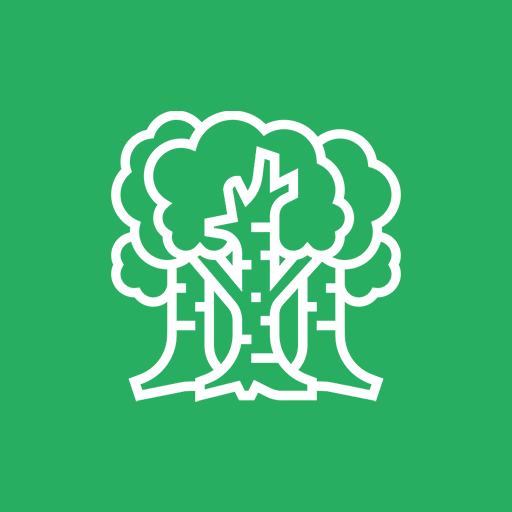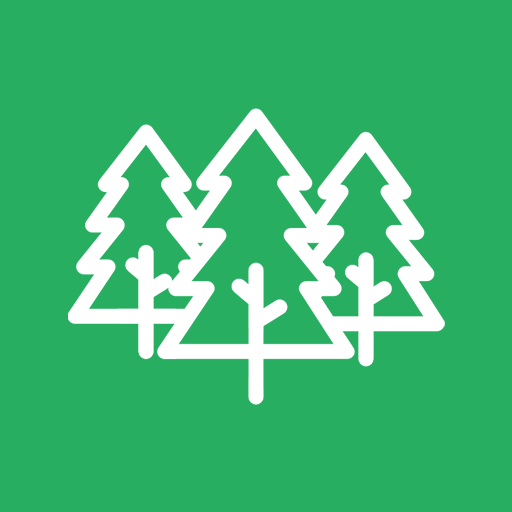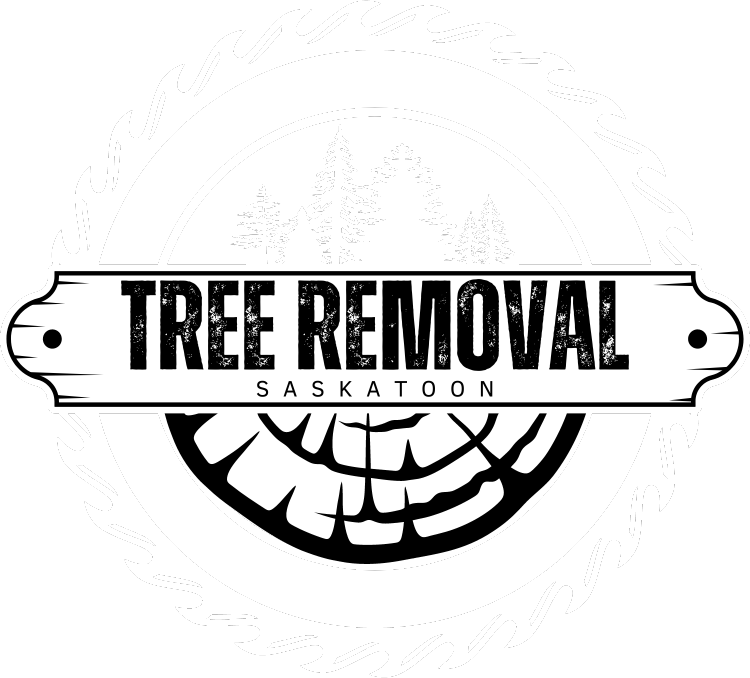
Request A Quote
Tree Cabling and Bracing Services In Saskatoon
These are the most common forms of support for the structure of trees and shrubs. This involves installing Dynamic Support Systems (flexible cables) or Threaded Rods (rigid rods) to reduce the probability of deterioration. When given the option, we always recommend using cables over rods because of their superior leverage, and because often, cables can be used on their own.
Why Would You Need To Use These Techniques?
The three most common reasons for cabling and bracing are as follows

Prevention
If our tree has structural weaknesses, this will reduce the chance of failure on the healthy plant. Some examples of weaknesses are;
- Forks in the tree that haven't grown at the proper angle. Less then 40° upward is considered a potential problem.
- Cavities, possibly caused by decay or rot, can leave your plant vulnerable. Many times owners can save their tree from dying if the problem is simply decay, but if a large limb breaks off, this could prove to be fatal.
- Cankers, or other types of infestations can lead to the weakening of your tree. Call (306-400-5425) Tree Removal Saskatoon for help diagnosing your plants health today.

Restoration
This technique can extend the life of your beautiful tree when it loses a main limb in a storm. By bracing the remaining limbs, it greatly increases the chance of your plants survival.

Mitigation
This is a great way to change the shape of your tree of shrub without the need for cutting it later in its life. Large trees can quickly become hazards in heavy traffic locations or in residential areas. Talk with your local arborist to figure out whats best for you.
Questions To Ask Before Getting Started
- Is cabling or bracing he right treatment for this plant, or would this be a temporary solution for a dying tree?
- If it seems right to have cables installed, we need to make sure there is enough solid wood to anchor to. The tree needs to be sturdy enough to hold the dynamic support system.
- Be sure your tree service specialist is being honest with you. Cabling or bracing doesn't always work the way we intend it to, and no qualified arborist should ever offer a guarantee against failure.
- Hardware that is used to help support your greenery will need to be inspected annually. If your particular plant needs the equipment long term, please know that everything should be replaced after 7-10 years.
- Finally the cost. Will the price of doing all of this be justified for a single tree? Are there more urgent landscaping or gardening needs that should be looked after first? If your chosen tree service provider says it's not an emergency, perhaps your funds are better spend on other things. Just keep in mind that as the tree grows bigger, it will be harder to get it to grow in the direction you want.
